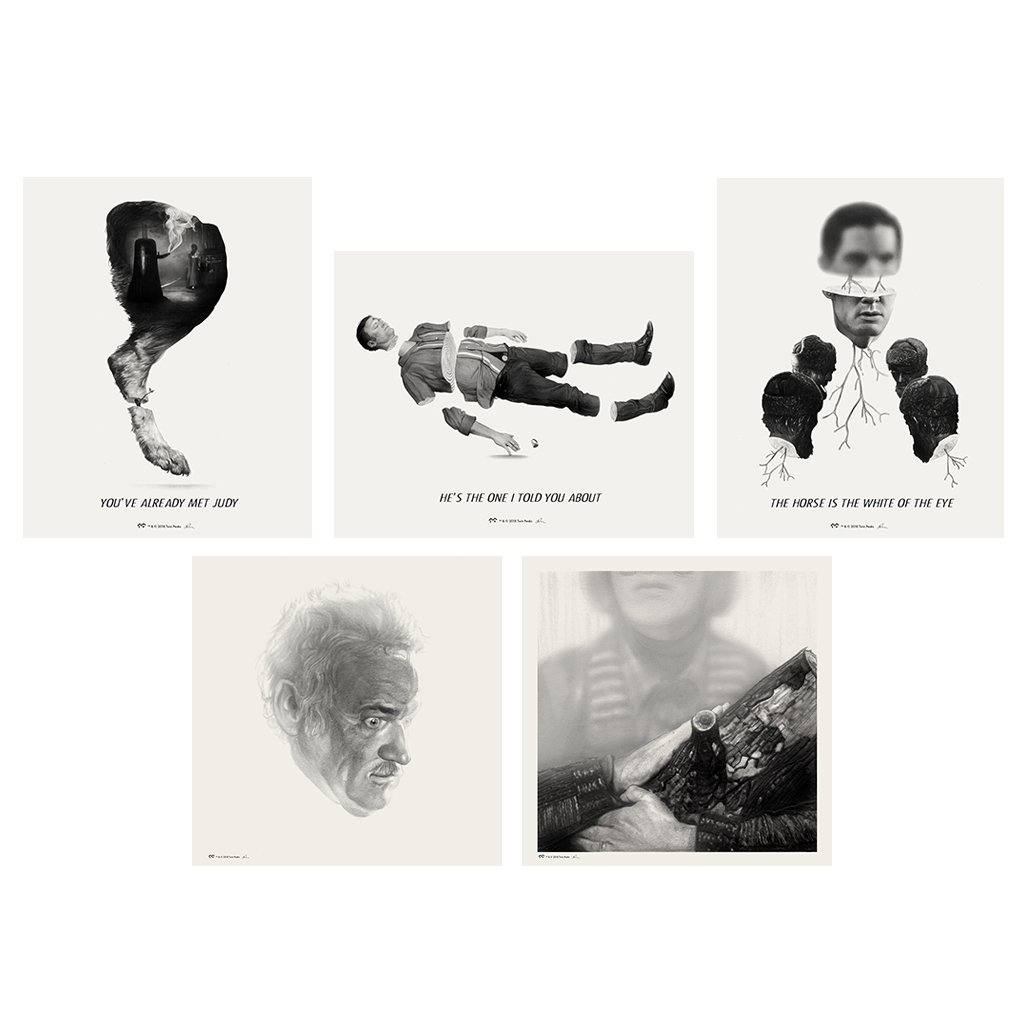This marvelously striking and excellent Twin Peaks giclee print set by Greg Ruth is available on Mondo. I love the perfect composition and crisp beauty of the images, which are like succinct collages. Any devotee of the series would be proud to hang them on their walls.


{See more}